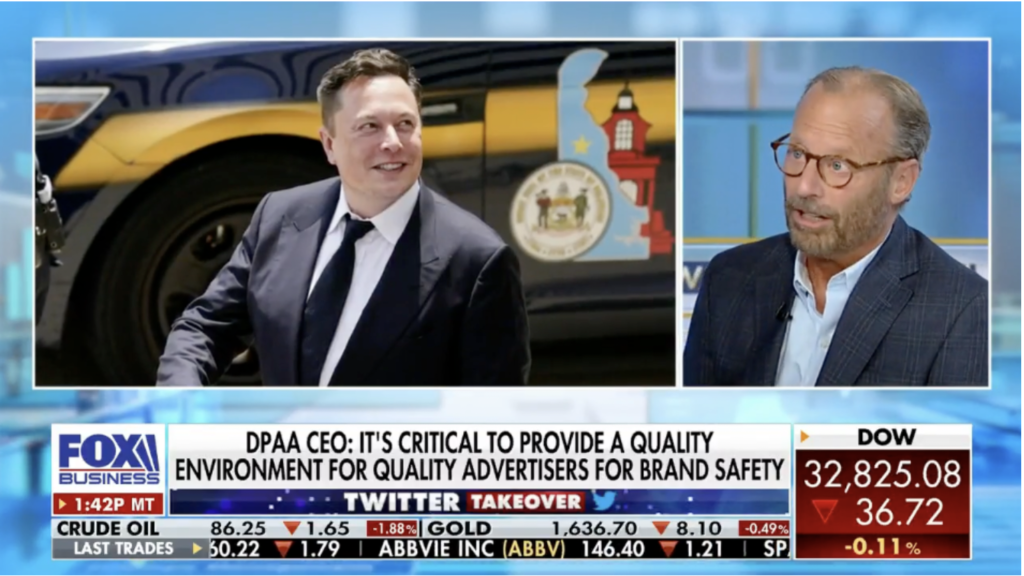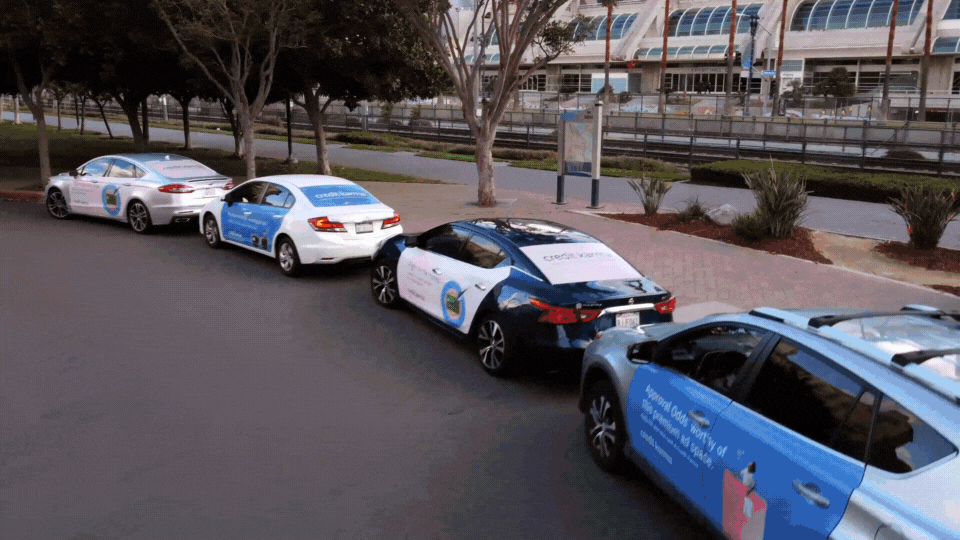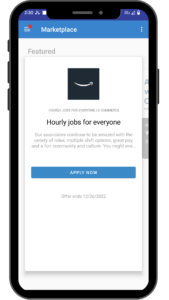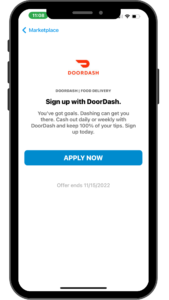 Ever thought you were buying a cheaper alternative on Wish.com and received exactly what you expected?
Ever thought you were buying a cheaper alternative on Wish.com and received exactly what you expected?
Yeah, us neither!
To make buying, planning, and measurement less complicated, Wrapify worked with other leaders in this category vertical to create a universal taxonomy for vehicle wraps AKA “VEHICLE WRAP STANDARDIZATION”.
What does Wrap Standardization mean for Wrapify clients?
GONE ARE THE DAYS OF TRYING TO DECIPHER WHAT “FULL” OR “PARTIAL” ACTUALLY MEANS!!!
We also noticed on several occasions, others in our space were offering what appeared to be an identical wrap coverage option, with the same taxonomy, but at a lower price point than us.

Aside from the obvious, comparing apples to oranges and you get what you pay for dynamics, we were determined to eliminate confusion and make our products more cost effective.

At a glance, the competition wrapped substantially LESS of the vehicle and their drivers earned LESS on average.
While we still stand by the value of our product and its uniqueness over others in the mobility advertising segment, we’re now offering more cost effective, entry-level pricing for the brands that want to get on the road fast and care less about the back window.
We learned that several of the low cost alternatives to Wrapify never included a rear window graphic, paid their drivers less and stuff we include right out of the box like attribution and measurement were sold as add-ons.
We lowered rates or shorter durations…

Our latest product update breaks out the rear window across the entire range from the 180-360 with an option to add on our favorite market differentiator – the rear window spec, which we now refer to as “RW”.
Confused yet? Understandable, we’ve thrown quite a bit your way – check out the visual below!





